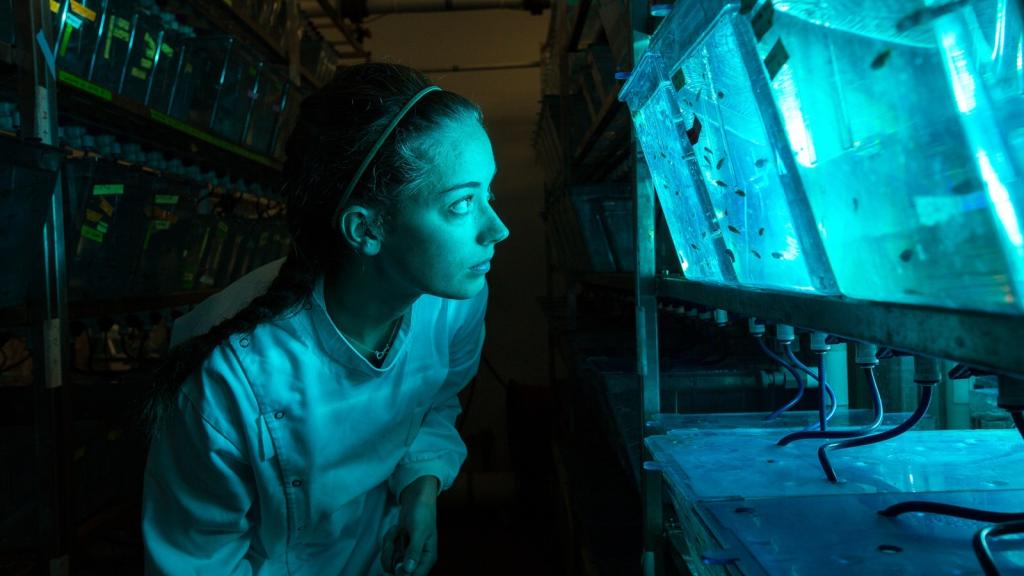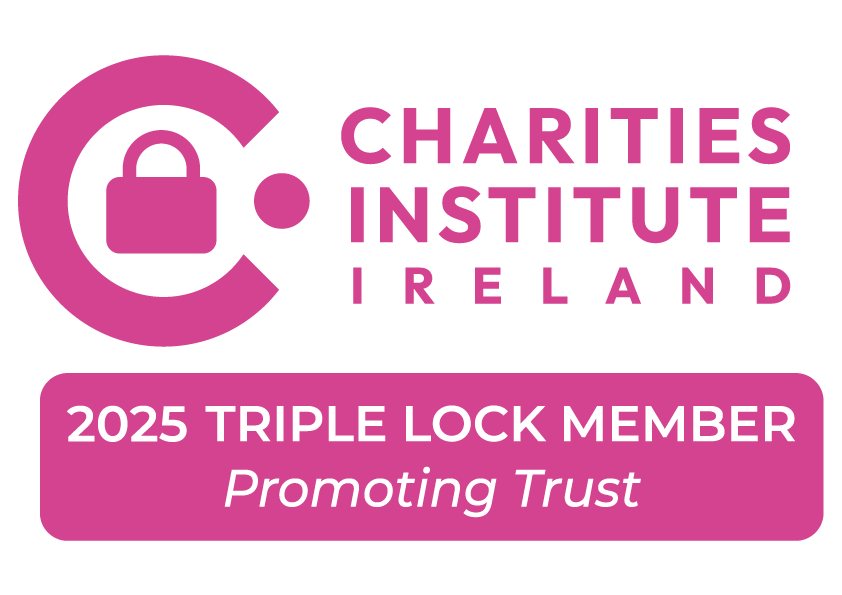
Researcher in Focus - Clare Butler
Clare Butler completed her Irish Cancer Society funded research in late 2017. Her research looked into potential new treatments for late-stage bowel cancer.
Originally from Butlerstown, Co. Waterford, Clare has always had an interest in science and came to Dublin in 2008 to study Pharmacology in UCD, graduating with a BSc. (Hons) in 2012. Clare then began her Irish Cancer Society Scholars programme in 2013, which was based in UCD and focussed on the development of new drugs for colorectal cancer.
Her research findings were published in a number of journals, including the Journal of Biological Chemistry (JBC). The JBC paper outlined Clare’s work in investigating the ability of Q8 to prevent blood vessel formation. Q8 is a structural relative of the previously discovered drug quininib.
“One of the drugs that is a standard of care for patients with stage 4 or metastatic colon cancer is Avastin. It works by inhibiting a particular factor called VEGF. But that’s also one of the reasons why patients become resistant to it. It’s not just VEGF that causes blood vessel growth, there’s a myriad of other factors.
“A tumour can circumvent the inhibitory effects that Avastin has on VEGF by relying on other factors that enable blood vessel development instead. That’s what causes the patient resistance.
“With the drug that we’ve developed – Q8 – we’ve discovered that, while it’s highly efficient at preventing blood vessel growth, it’s not acting in the same way that Avastin does. It’s independent of VEGF and instead is targeting cysteinyl leukotriene receptor 1. While this receptor is known to be influential in cancer development and is associated with poor prognosis in breast and colon cancer patients, it has never been targeted clinically in a cancer setting.”
Clare’s drug development research is phenotype-based. This means studying Q8 in a general sense to measure it effectiveness in stopping blood vessel development, rather than using a target-based approach, where researchers would identify a particular cancer-causing factor which is making a tumour grow, and specifically target it. A benefit of phenotype-based research, Clare says, is that the researcher doesn’t have a bias towards what their target is. “You’re not focusing on developing drugs for common cancer-associated targets which can ultimately cause patient treatment resistance -- it’s a way of discovering new factors that makes cancer tick.”
Quininib was first discovered in the lab several years ago. “It was the first drug that we discovered that we knew was anti-angiogenic (blocking cancer blood vessel growth), that we also knew may have a novel mechanism of action, meaning that it wasn’t necessarily acting the same way that other clinically approved anti angiogenic agents would have been working.
“My research began when I started investigating structural relatives of the parent quininib drug to try and discover a compound that was even more active and more potent than quininib at preventing blood vessel growth. Quininib was our parent compound, and the first one we discovered from a library of around 1,000 compounds that could quite possibly have been anti-angiogenic, but through research and testing, we found weren’t as effective as quininib . So, quininib was our first drug hit in the lab.
“We had a medicinal chemist make changes to the structure of the quininib compound, to generate all of, what we call the ‘children’ compounds. Using tests in zebrafish larvae and human cell lines, we’ve tried to figure out which drug is the best one to go forward with.”
Clare has recently returned from Johns Hopkins University where she spent two months testing Q8 with chemotherapy on a mouse model of colon cancer metastasis, and plans to test whether a combination of Q8 and Avastin would have a combined effect in stopping cancer blood vessel development by attacking two separate cellular pathways.
Clare’s research paper is entitled ‘A Quininib Analogue and Cysteinyl Leukotriene Receptor Antagonist Inhibits Vascular Endothelial Growth Factor (VEGF)-independent Angiogenesis and Exerts an Additive Antiangiogenic Response with Bevacizumab’ and is available to view here.
